World Fine Art Professionals and their Key-Pieces, 383 - Guus van Vugt
World Fine Art Professionals and their Key-Pieces, 383 – Guus van Vugt
At the Wild Summer of Art at Brutus Rotterdam I saw many beautiful works of art, but one stood out: the Cyborg DJ. On an elevation stood a robot that was producing music. The maker was behind it: a hip, somewhat older man with a black hat, and a black t-shirt with his portrait with pink tinted glasses on it.
A few days later, he tells more about his art career that started seven years ago, in 2015. Guus van Vugt (75) actually always wanted to be an artist, he says, but it never happened.
The art seed
Throughout his life he had all kinds of jobs: at a painting company, in a factory, as a roofer for Shell, as a purchaser at the Algemeen Dagblad, in the harbor, at Gulf Oil, as a taxi driver, at a distillery and stock manager at an Indian wholesaler. The last job was in 1999. Then there was no job for a while, he was helping a friend who had an antiques business.
“He did the furniture, I did the buying and selling.” Guus van Vugt has always been in the art sphere. “As a child I went to visit my aunt in The Hague. She had a lot of paintings on the wall. When I was at school in Scheveningen for a while, I did some shopping for a lady who lived in a villa furnished with antiques near the beach. I felt very comfortable in both houses. That’s where the seed was planted.”
First artwork
But it would be a while before his new career really took off. The first works of art are created at Via Kunst. That is a foundation for ‘talent from the street’ in Rotterdam. “I went there to have a look, and soon became a volunteer.” He regularly donates things to the foundation and creates his first work, ‘Afterlife Party’. The work consists of four old sound boxes that are arranged as if it were Guus’ ‘afterlife’ party. “That’s how I see it when I’m gone. Music, good food, slot machines.”
Steampunk art
When a junk shop closed down, Guus got donated a large batch of old and broken clocks. He takes them apart at home and turned them into his next works of art. At an exhibition at Via Kunst there was a large grandfather clock by the artist Reinier Leenders. Guus asks him if he could add a small clock. That was allowed, and Leenders tells him: “This is Steampunk Art.” Guus had never heard of it, but it is a real art movement, based on the steam era, which started in the 19th century with the advent of the steam engine. Everything ran on gears. This is reflected in the work of Van Vugt. He likes that name, but he prefers to call it Recycle Art.
Exhibitions
In 2016 Guus exhibits in the basement of the vintage store Hype of Serge and Avril. Later in the year there will be an exhibition at Lost & Found, on the Coolsingel, run by Marieke van Santen, among others. She will help him with all kinds of computer-related matters. She understands it, she works in the IT department of Museum Boymans. She sees that the domain name SteampunkArt is still available and claims it for Guus.
Guus is advised to visit Worm. One of the programmers at the time, Frederic van de Velde, is initially hesitant, but when he sees the photos of Van Vugt’s work, he is convinced. He empties four large display cases, and Guus can set it up himself. No fewer than six works are sold. One thing leads to another. For example, he is invited to exhibit in the Eurotrash Brewery by the artist duo Arno Coenen and Iris Roskam. This results in a work in one of the six Hofbogen in 2017.
Showcase of Lost & Found
Marieke van Santen places the work ‘Klokstok nr. 2’ in a display case of her business, Lost & Found. This leads to an interview in the magazine De Havenloods and he is asked for a live talk show by Oma Greet in Studio de Bakkerij. Through Johan Gielen, the work comes in front of James Brett, the founder of the ‘Museum of Everything’. Brett is very enthusiastic and shows the photos in New York. Exhibitions in The Hague and Schiedam follow and even a second exhibition at Lost & Found. The work also comes to Marché 010 through the Pluspunt Foundation. At Pluspunt he is offered a (free) studio. He’s still there.
He is in talks with Brutus whether he can store some of his works, and in what form this can best be done.
Three photo albums
I look at three thick photo albums and see, among other things, an Art Deco lamp from the 1920s, with the legs of a drum set at the bottom. A collage made at Pluspunt that can now be seen at Documenta15 in Kassel, another collage, which Jochem Grund will make into a shoe. Grund also designed the shoes of Minister Hugo de Jonge. Jochem himself with a golden head and blue shoes, with Furby-blue eyes. A Mondrian lamp in red, yellow & blue. Mondrian himself – looking industrial – in red, yellow & blue. Gargamel, from the smurf comic, in a cart. In front is a black smurf. The ‘Opmeter robot’, The ‘Optawachthond’, with a gas meter, the first ‘clockstick’, the ‘Windmill clock’, the ‘Chaotic clock’, the first Euromast, ‘Rotterdam in motion’, with Rotterdam buildings. ‘A time gone by’, about the first flight of the Uiver, Arno Coenen as A.C. de Brouwer, “He wanted to start a brewery. At six hofbogen, the Eurotrash brewery.” Arno Coenen as emperor, with a secret recipe in the form of a corkscrew. The KKK Clock, Keizer Kutlip cuckoo clock and the Second Euromast. And much more.
The Cyborg DJ
I take another good look at the work Cyborg DJ. The Stones’ ‘Jumpin’ Jack Flash’ can now be heard from the robot. From the front there are two light projectors and from the back three. The robot has real legs and wears clogs. But he also has robotic legs and feet. The shoes are full of CDs. They are house and disco CDs, says Guus. The abdomen and upper body consist of computer boards and above the chest a small screen can be seen. “The first NFT cat. To show a little movement.” In a metal disc the head of the robot, a doll’s head. And on top of that an antenna. Guus points out a few more details. At the shoulders is a condom dispenser on one side and a soap dispenser on the other. “After all, it is a festival robot.” A baby is sleeping on the left arm. There is a walkie-talkie on display. “For the contact.” And under the lower body is a chime with bell. “A chime in the double sense of the word. The bell is there for the last round of the bartender.”
Finally, what is his philosophy? Finally, Guus van Vugt: “I let the materials speak. The materials determine how it will be. It comes as it comes.”
Images
1) 2019 – The Year of Rembrandt – Rijksmuseum A’dam Competition, 2) Joep van Lieshout – Robot Etna and Guus van Vugt, 3) Photo no. 116 – De Marslander, 4 ) Photo no. 127 – Mark Rutte as Pinokkio, 5) Photo no. 171 – Panorama of Rotterdam, 6) Photo no. 209 – Robot Etna – 1.85m, 7) ) Photo no. 143 – The Skater, 8) Photo no. 186 – Japanese Karate Robot, 9) Photo no. 228 – Collage no. 29, 10) Photo no. 309 – Cyborg DJ – 1.90m.
https://www.steampunkart.nl/portfolio/https://www.rollingartshows.com/guus-van-vugthttps://www.facebook.com/profile.php?id=100014897792757https://ifthenisnow.eu/nl/verhalen/de-wereld-van-de-rotterdamse-kunstenaar-59-guus-van-vugt
Disclaimer: The views, opinions and positions expressed within this guest article are those of the author Walter van Teeffelen alone and do not represent those of the Marbella Marbella website. The accuracy, completeness and validity of any statements made within this article are not guaranteed. We accept no liability for any errors, omissions or representations. The copyright of this content belongs to Walter van Teeffelen and any liability with regards to infringement of intellectual property rights remains with the author.


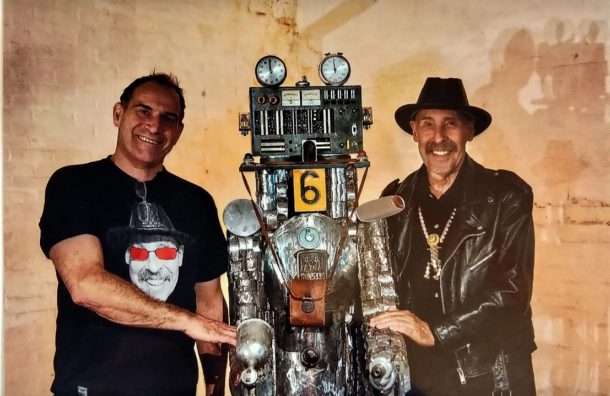
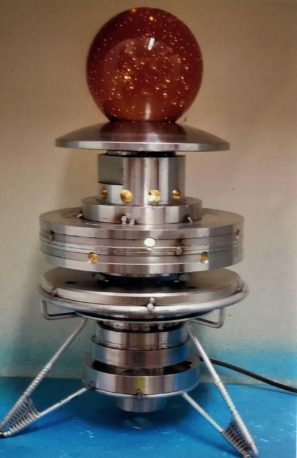
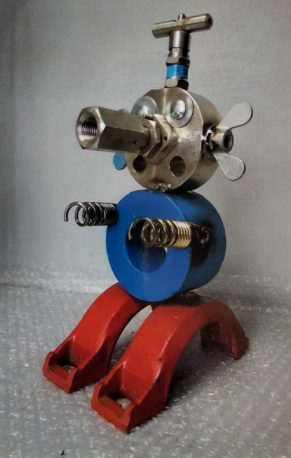
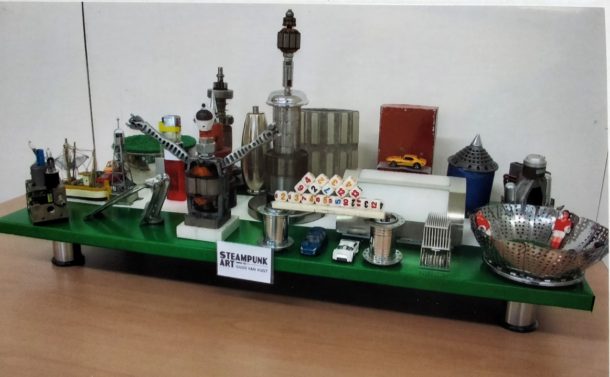
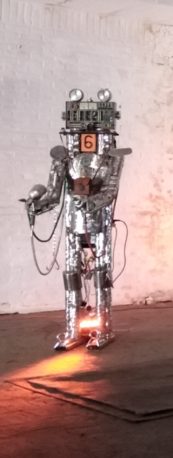
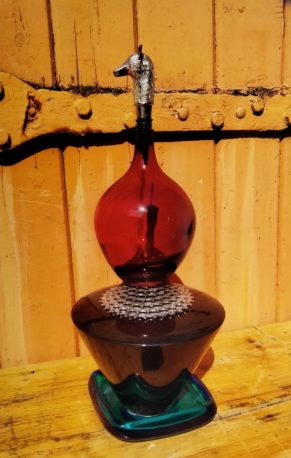

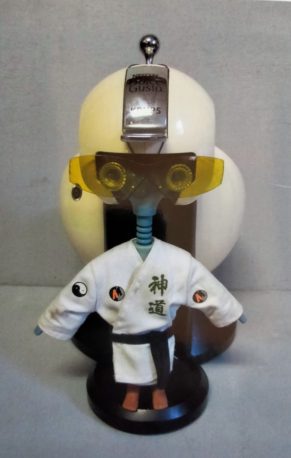
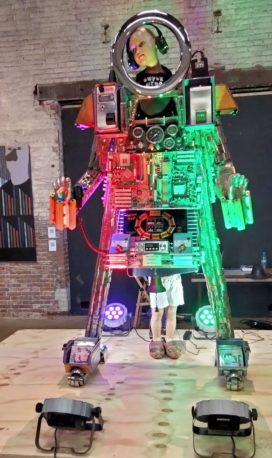














The opinions expressed by individual commentators and contributors do not necessarily constitute this website's position on the particular topic.